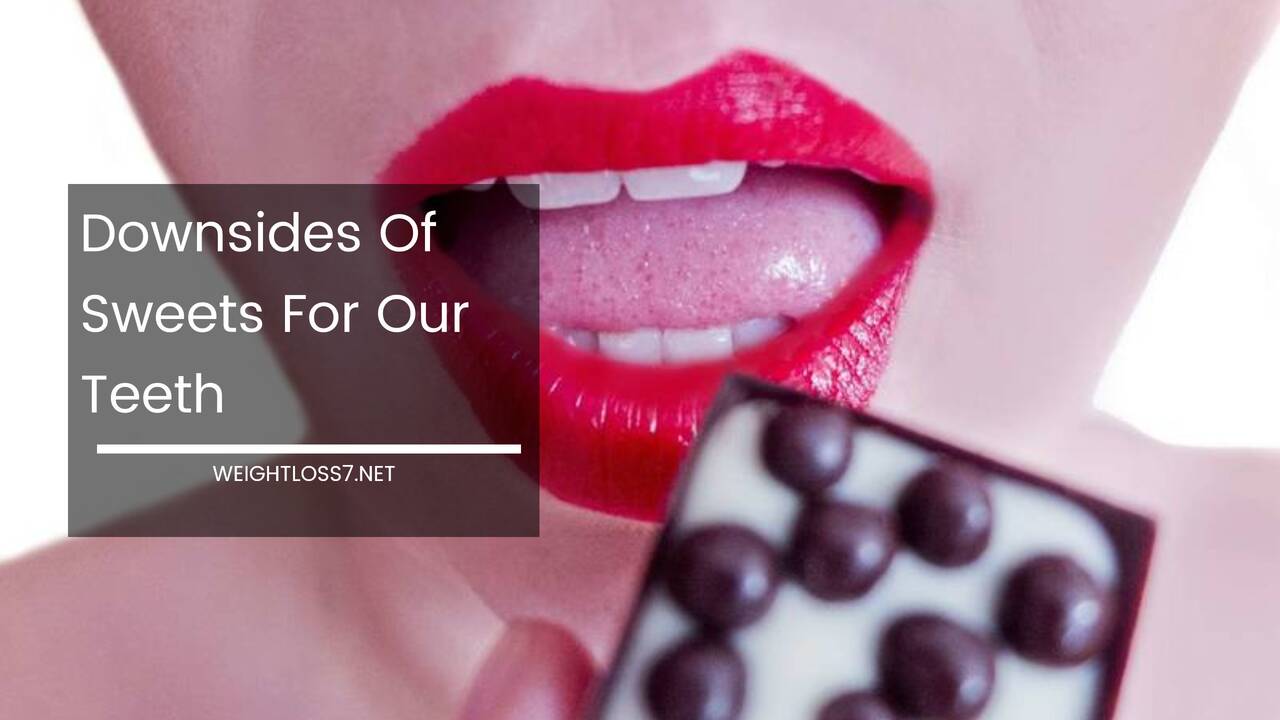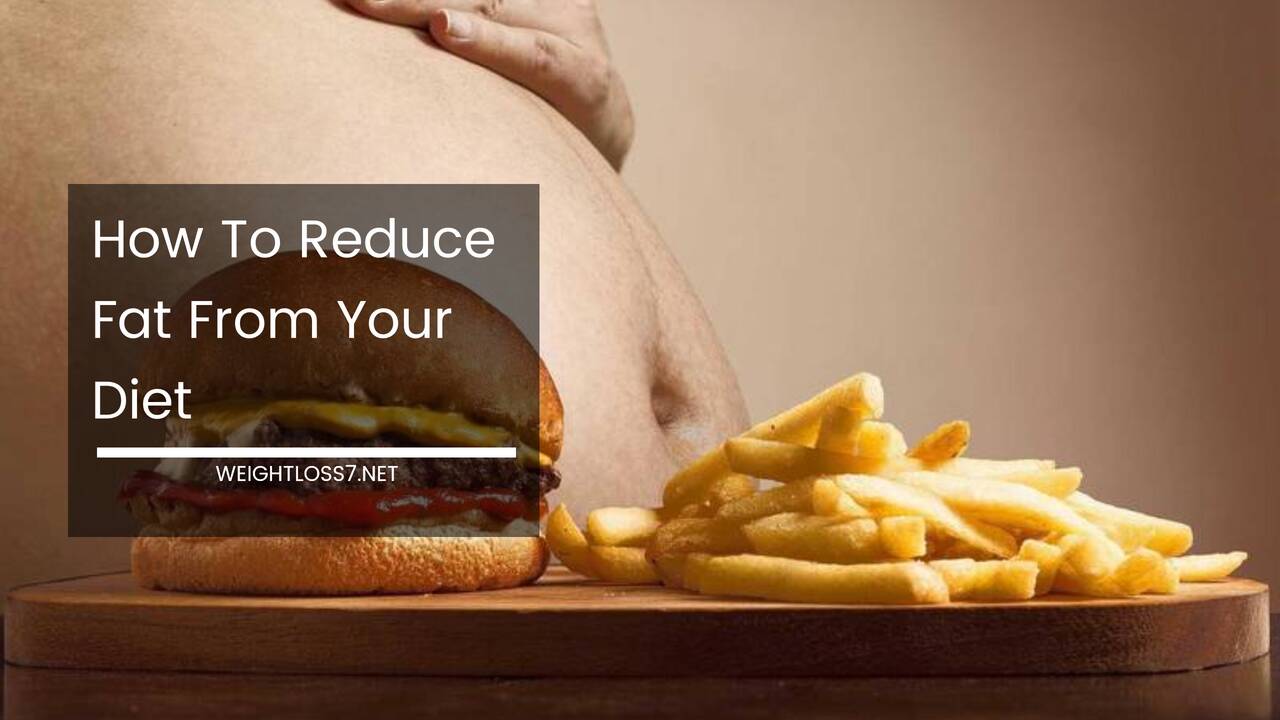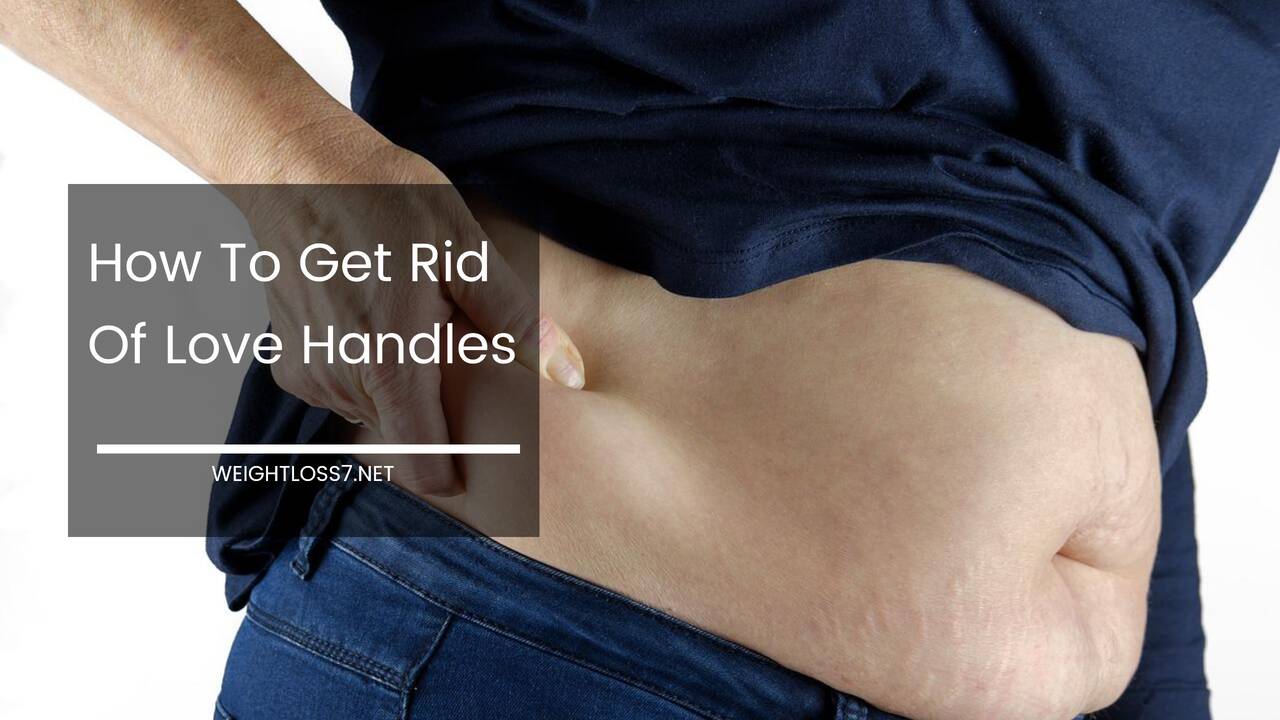Downsides Of Sweets For Our Teeth

Crooked Teeth are often associated with sweets like candies, ice cream and etc. In this article, we will discuss the effects of sweets and how it harms our teeth.
Bacteria are typically found in the mouth. These bacteria transforms food to become acidic in form.
Dentists always say that staying away from sugar is one of the best ways to keep your teeth strong and healthy. Approximately everything that we eat and drink, sweet or not, is loaded with sugar content.
If you are urged to consume foods with lots of sugar, it is better to take them after eating full meals rather than during snack time. It helps in balancing acid production.
Twenty to thirty minutes after eating is the ideal time to brush your teeth. That’s because brushing your teeth immediately after eating will harm your teeth.
The acid content that your mouth produces, after eating, will scratch your teeth due to the brushing motion.
Sugar has its positive effect in our body, as well as for our teeth just as sugar has its downside. Here are some facts about the negative effects of sweets in our teeth.
5 Negative Effects:
1. Acidic environment in your mouth
Sugar is not really the main thing that makes our teeth suffer from dental illness. This bad effect came from the bacteria which reside in our mouth.
This bacteria is called “streptococcus mutants.” It absorbs sugar to acquire energy, and as a result, it increases the acid content and consequently, the risk of getting cavities.
Worst case scenario, bacteria will produce acid constantly especially when we eat and for us, eating is a natural habit and need. We can’t just stop eating for the sake of not having a mouth full of bacteria.
2. Tooth decay
The bacteria can consume whatever food remains in our tooth crevices. Sticky, soft foods can result in teeth impairment after eating.
Lessen your sugar intake and maintain a good healthy diet. Sugar doesn’t whiten and strengthen your teeth.
Germs, bacteria, acid, and food remain and saliva forms a sticky entity called plaque. It occurs when all is mixed in the mouth.
Plaque penetrates the teeth. It is usually formed on the back molars, just above the gum line on all teeth, and at the border of fillings.
If not removed from the teeth, it turns into a matter called tartar. Plaque and tartar rattle the gums and it produces gingivitis and periodontitis that both ruin teeth and gums.
Plaque naturally forms on teeth within 20 to 30 minutes after eating. If it is not removed, tooth decay will take place.
3. Cracked/damage tooth enamel
Bacteria formed in our mouth have the ability to melt our teeth. If you consume a bit of sugar every few hours, your teeth will constantly wrap itself in the acid and will directly melt our tooth enamel.
Strong acids in plaque ruin the enamel covering the teeth and produce holes in the tooth (cavities).
Cavities don’t hurt most of the time except when its size increases and influence nerves begin showing a tooth fracture. Acidic drinks can destroy tooth enamel; this oral condition is described as pain when biting.
The crack may or may not be seen and is rarely visible on an x-ray. If it is not discovered, it can be identified with the help of a “tooth sleuth” (tooth tester).
If your tooth is damaged, it may cause you to chew your food on the opposite side of your mouth and/or avoid certain foods on the affected side.
The diagnosed condition is called “Cracked Tooth Syndrome”. All teeth have cracks with the majority of which experience no pain.
The pain does not usually last; it vanishes quickly when chewing stops.
The pain arises because the crack is opened when biting and if fluids enter the open crack, as you release, it creates pressure against dentin on the inside of the tooth, which allows a closed connection to the nerve inside the tooth.
4. Tooth stain and discoloration
Gargle with water right after consuming a stain-causing food or drink. 30 minutes after you consume something acidic, the enamel on your teeth is at risk of abrasion from tooth brushing.
Gargle, then brush well 20 to 30 minutes after every meal.
If a toothbrush is not present, chew a sugarless gum. It’s best to use a straw to sip your drinks. This should keep the teeth from staining. Think about it…if a food or drink can stain a tablecloth, it has the potential to stain your teeth.
5. Tooth loss
If teeth are not treated well, cavity can lead to tooth swelling. Tooth decay also crushes the tooth pulp that results to tooth loss.
It’s not the quantity of sugar that affects your teeth and it certainly is not also the type of sugar, but how frequent you intake sugar.
Decreasing your sugar intake will also decrease your teeth’s pace of deterioration.
If you can’t resist yourself having sweets, just always remember to brush your teeth. The production of tooth decay starts in an instant as sugar touches your teeth.
Letting your teeth soak with sticky sugar for a long time will result to getting cavity-causing acid and more damage to your teeth.

















